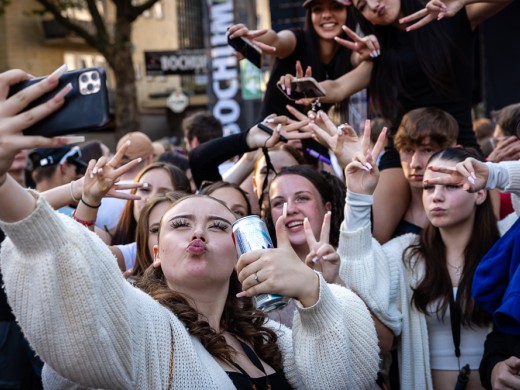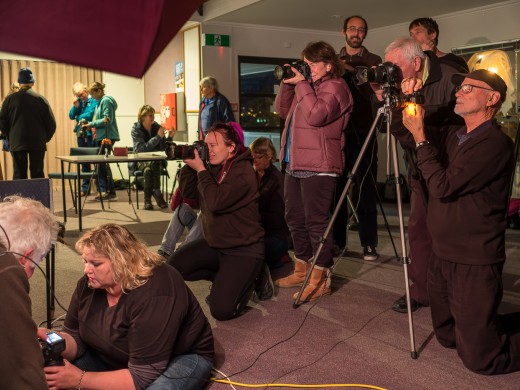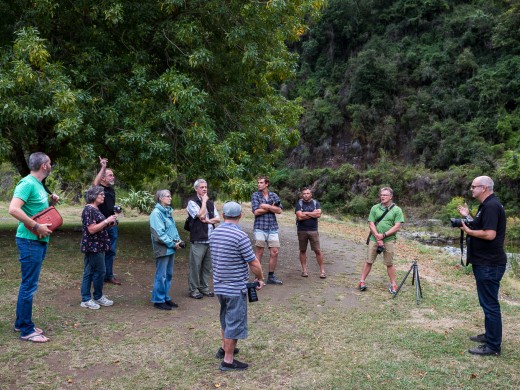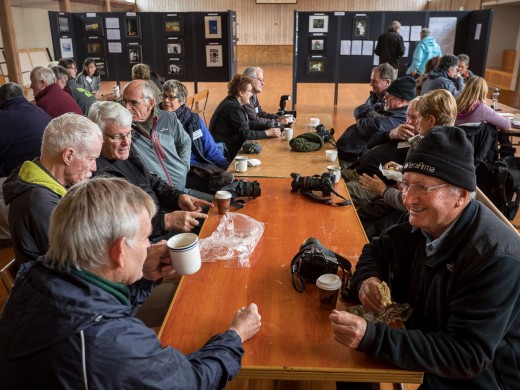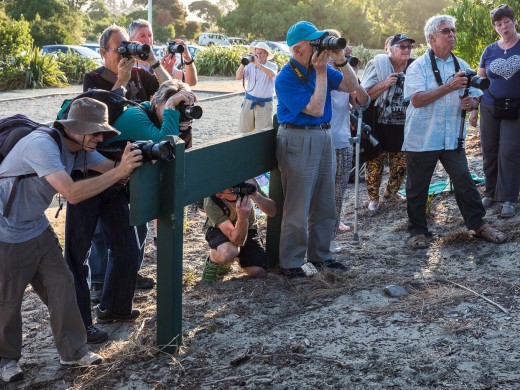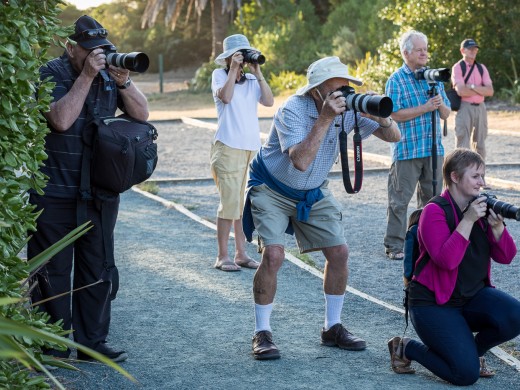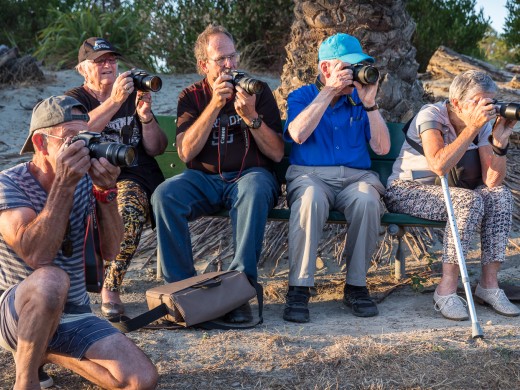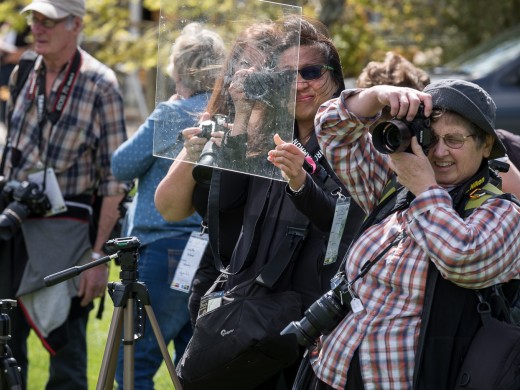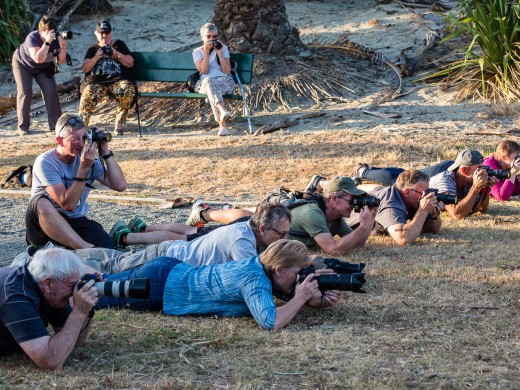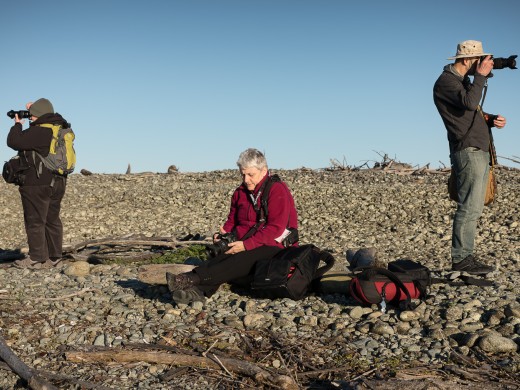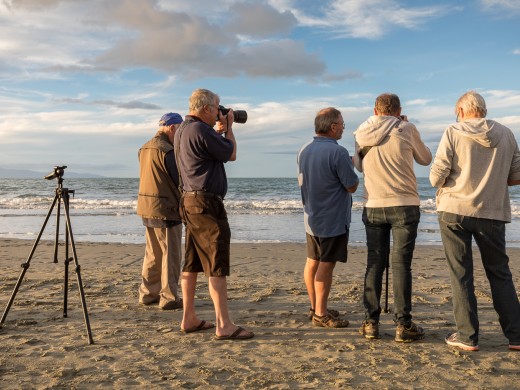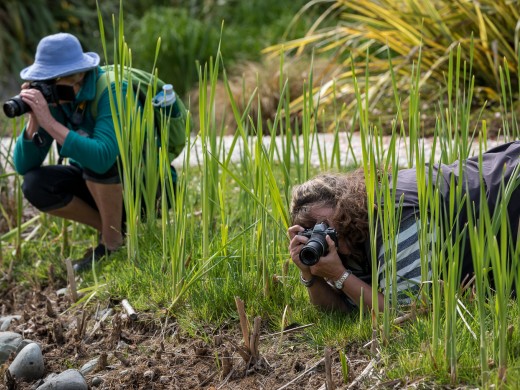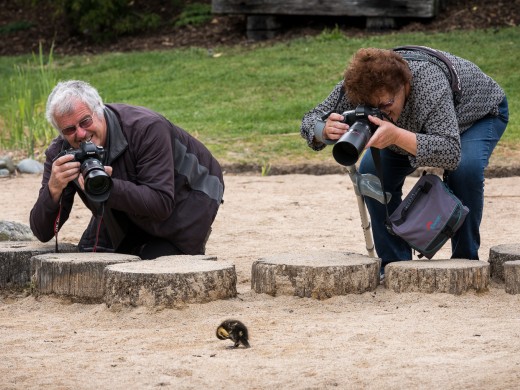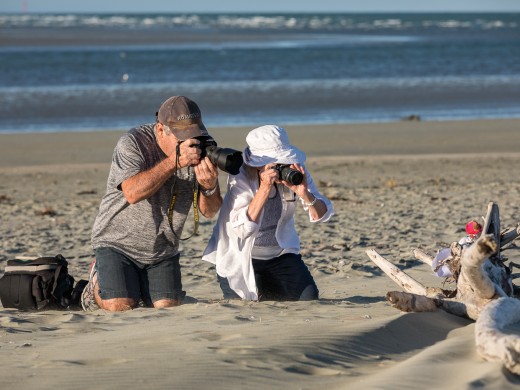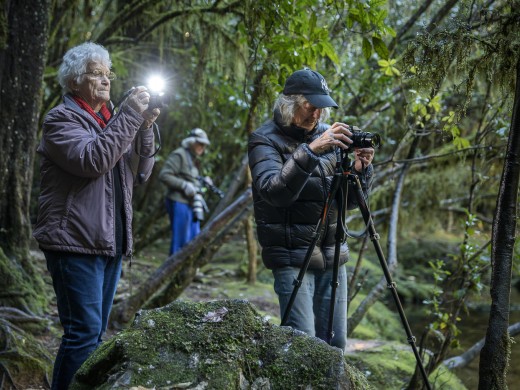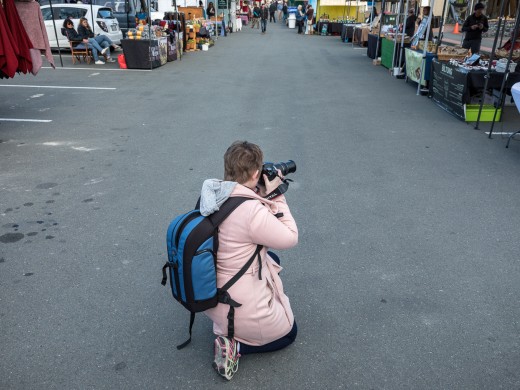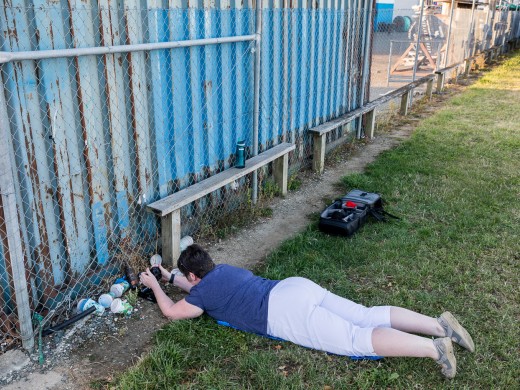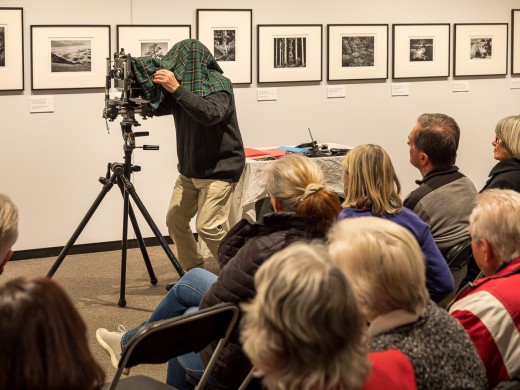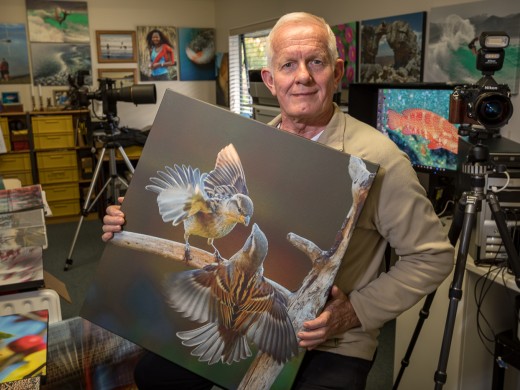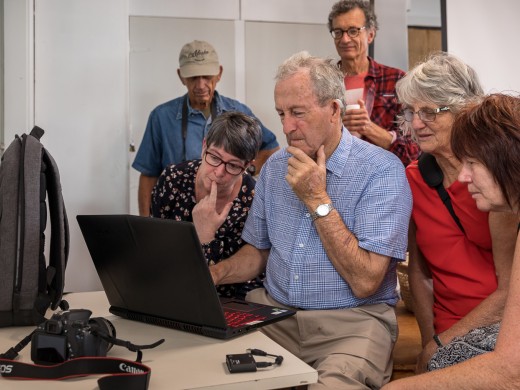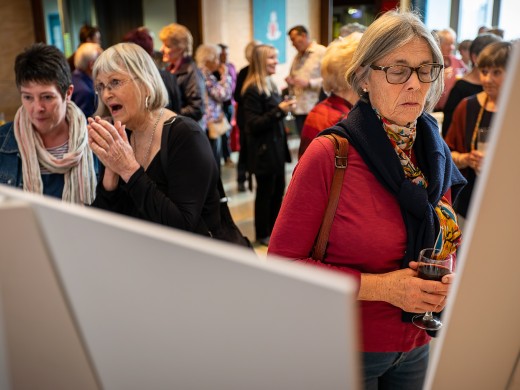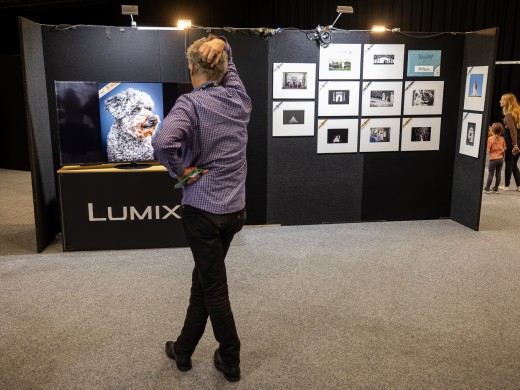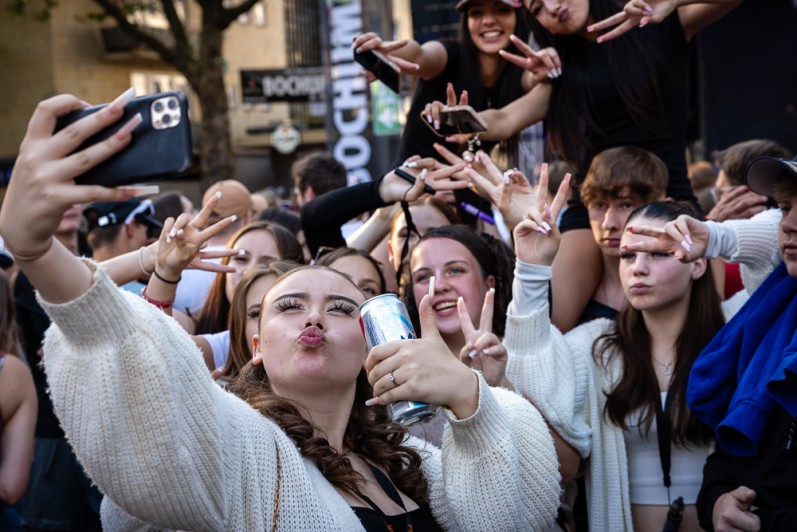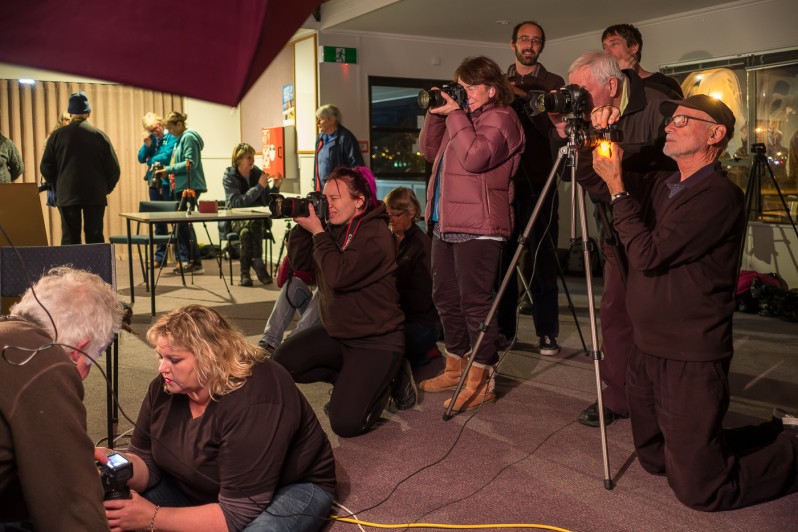The Social Use of Photography
The Camera Club
Photography has undergone an incredible change. Starting with an exclusive medium at the beginning of the 20th century, it has become a tool for everyone, lately with the invention of smartphones. Nowadays, the production of images is easier and faster than ever before, as is their dissemination.
Where are we in this huge cloud of images? Who can say they are a photographer today? There is much talk about the “democratisation of photography” (Susan Sontag), but what does this term mean? That every image is a work of art? That access to a technique makes us all chroniclers of reality? Not at all! The struggle for the interpretative power of photographs has only become harder.
I have looked around (with my camera) where people still take “serious pictures” with a real camera: in the camera club.
While the members of a group, in my case the members of the Nelson Camera Club, theoretically have an unlimited field of photographic objects at their disposal, actual practice is limited to the canon of the object to be photographed, “since one may only photograph what one must photograph”.
How one should photograph is always formulated through restrictions that affect the technique: Not blurred, not crooked, not unnatural or unrealistic, not cropping, not photographing into backlight, not unfavourable, not unbalanced lighting. If you follow such criteria amateur is not a snapper, but is considered to be competent in observing. And the excellent amateur may happily display a line of capital letters in the credit of his photos.
This determinacy separates the practice of amateur photographers from the activity of the artist. The artistic approach to photography can in principle elevate any object to a work of art, since the purpose of the photograph is the artistic access to the photographed object and not the object itself.
Amateur photography, on the other hand, remains chained to the “sites and moments that determine it in a double sense of the word”. It seeks the principle of its existence and its limitation outside of itself, namely in the existing system of rules and schemes.
The French sociologist Pierre Bourdieu found this out in the 1960s in his research on the social uses of photography and formulated it in a language that seems polemical today:
(...) In fact, while everything would lead one to expect that this activity, which has no traditions and makes no demands, would be delivered over to the anarchy of individual improvisation, it appears that there is nothing more regulated and conventional than photographic practice and amateur photographs: in the occasions which give rise to photography, such as the objects, places and people photographed or the very composition of the pictures, everything seems to obey implicit canons which are very generally imposed and which informed amateurs or aesthetes notice as such, but only to denounce them as examples of poor taste or technical clumsiness.
Pierre Bourdie, A Middle-brow Art, 1965
